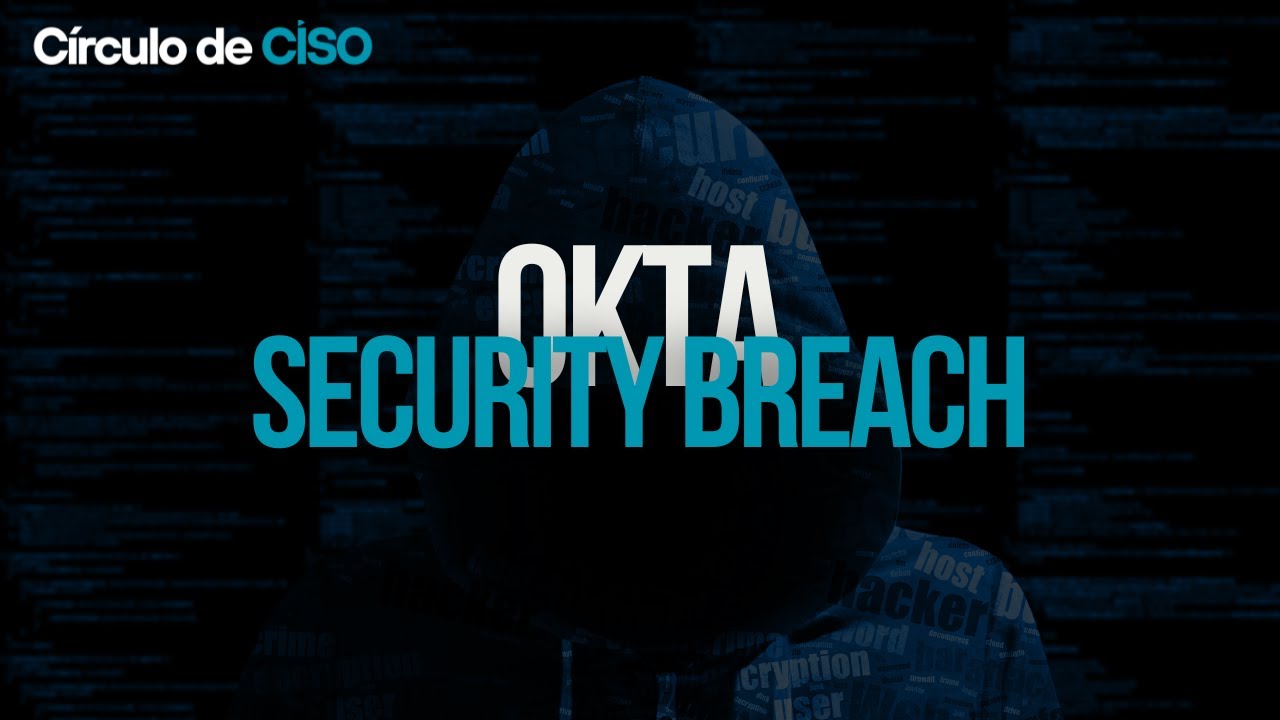In the rapidly evolving digital landscape, cyber resilience has emerged as a critical priority for organizations worldwide. Cyber resilience isn’t just about having robust security measures in place; it’s about the ability to continuously deliver intended outcomes despite adverse cyber events. With cyber threats becoming more sophisticated, organizations must focus on not just preventing attacks but also on quickly recovering from them.
The Role of Change Management in Organizational Resilience
As we embrace the era of auto-updates, automation, multi-cloud, hybrid environments, and a reduction in skilled manpower in IT departments, the significance of effective Change Management cannot be overstated. Here’s why:
1. Adaptation to Continuous Change
Auto-updates and automation bring about continuous changes to the IT environment. While these updates often enhance security and efficiency, they can also introduce vulnerabilities if not managed correctly. Change Management ensures that these updates are tested and deployed systematically, minimizing disruptions and security risks.
2. Managing Complexity in Multi-Cloud and Hybrid Environments
The integration of multi-cloud and hybrid environments adds layers of complexity to IT infrastructure. Change Management is essential in coordinating these diverse environments, ensuring seamless operations, and mitigating risks associated with data migration and system integration.
3. Minimizing Human Error
With a shrinking pool of skilled IT professionals, the margin for human error increases. A structured Change Management process helps in documenting and standardizing procedures, reducing the likelihood of mistakes that could lead to security breaches or operational downtime.
4. Enhancing Coordination and Communication
Change Management fosters better communication and coordination among different departments. This is crucial when integrating new technologies and systems, ensuring that everyone is on the same page and that changes are implemented smoothly without causing unintended consequences.
5. Maintaining Compliance
Regulatory requirements often demand stringent controls and documentation around changes in IT systems. Effective Change Management helps organizations stay compliant with these regulations, avoiding hefty fines and legal complications.
6. Improving Incident Response
In the event of a cyber incident, a well-documented Change Management process provides a clear history of changes and updates, which can be invaluable in identifying the root cause and mitigating the impact swiftly.
Conclusion
Investing in cyber resilience through robust Change Management practices is not just a technological imperative but a strategic one. As organizations continue to automate and reduce IT manpower, ensuring a structured approach to change will be key to maintaining operational stability and security.
Let’s prioritize cyber resilience and make Change Management a core component of our organizational strategy to navigate the complexities of today’s digital world successfully.


